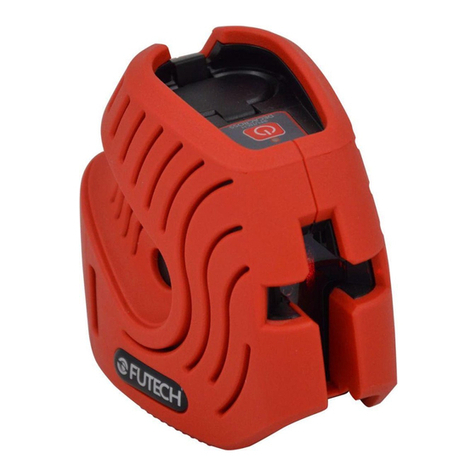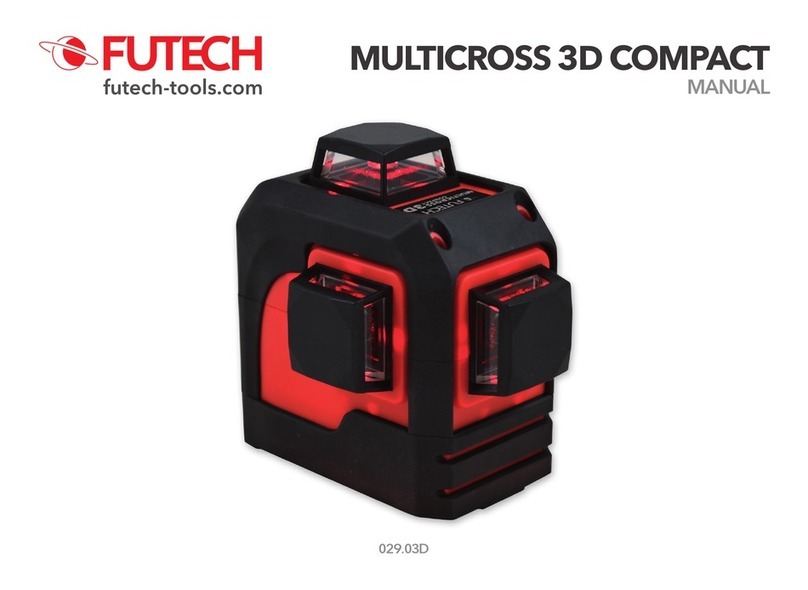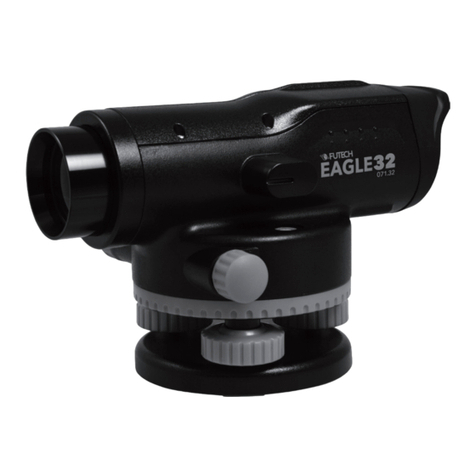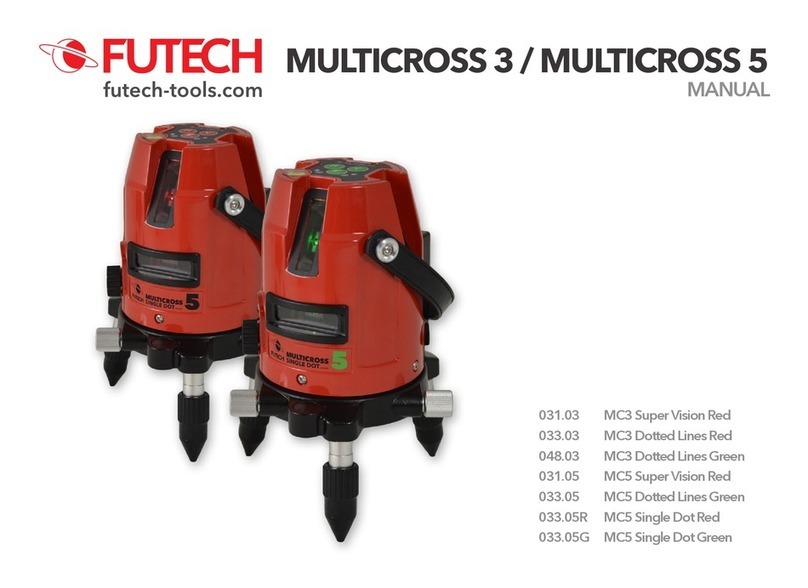Futech WS4300 User manual
Other Futech Measuring Instrument manuals
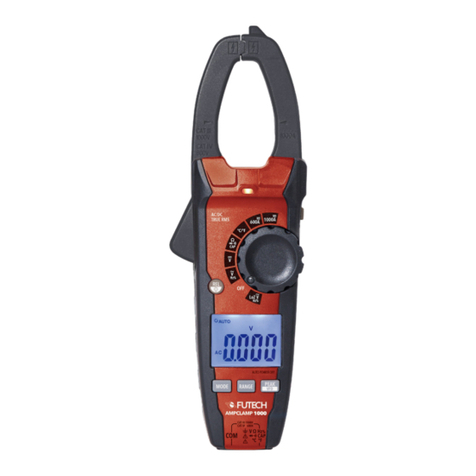
Futech
Futech AMPCLAMP 1000 User manual
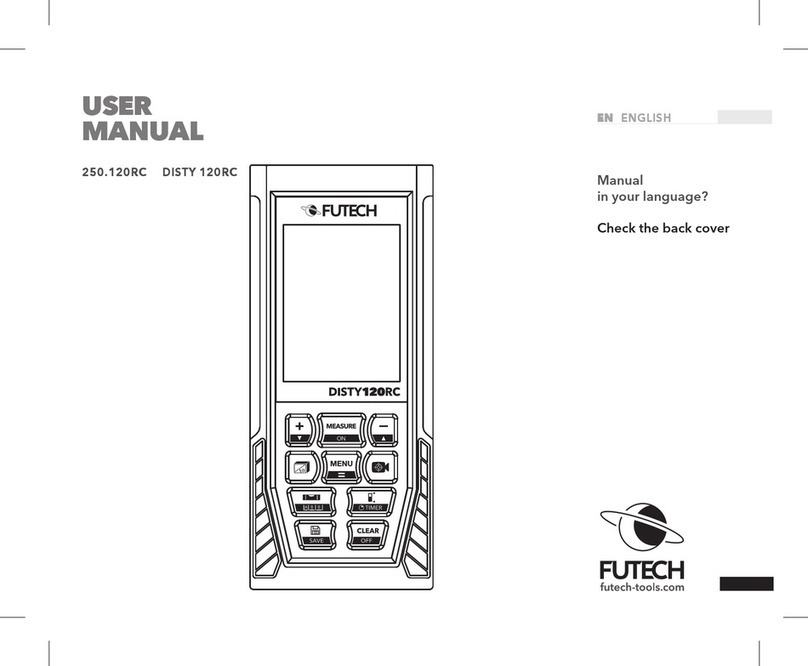
Futech
Futech DISTY 120RC User manual
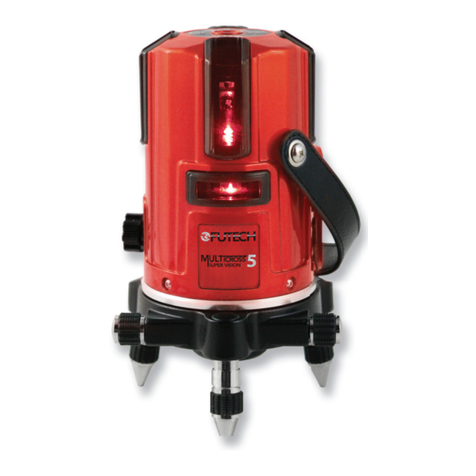
Futech
Futech MULTICROSS 5 SUPER Vision User manual
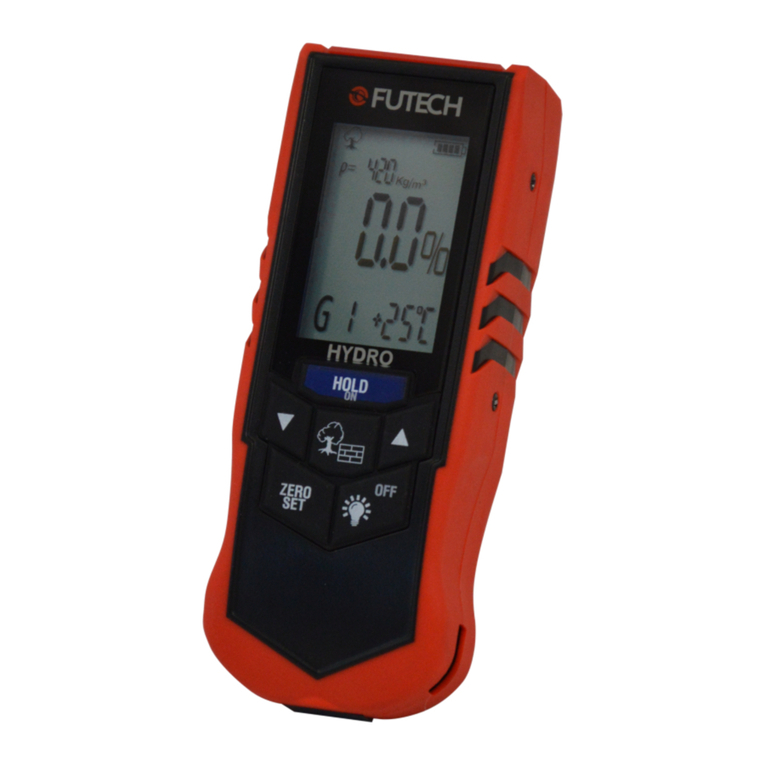
Futech
Futech HYDRO User manual
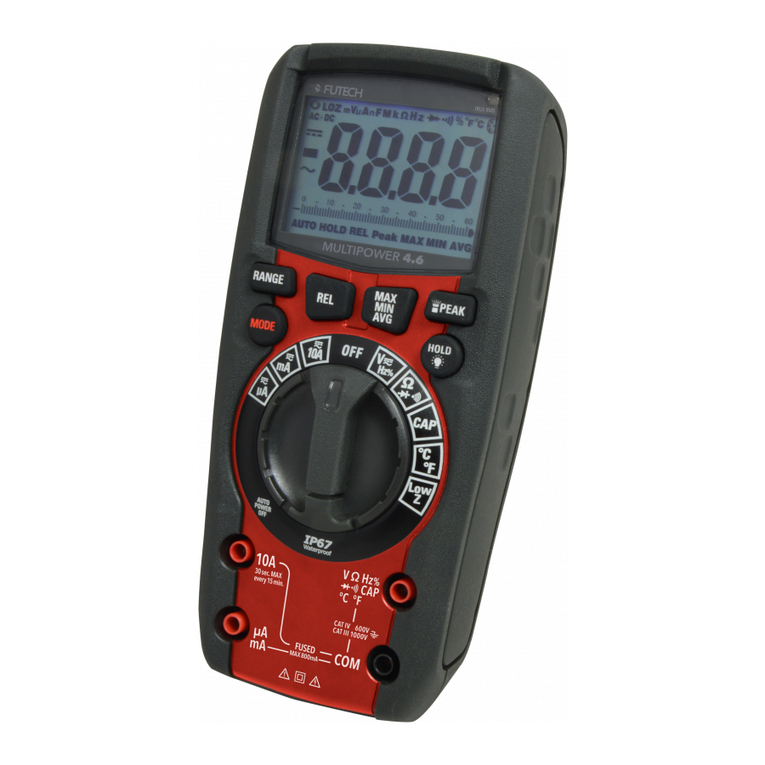
Futech
Futech MULTIPOWER 4.6 User manual
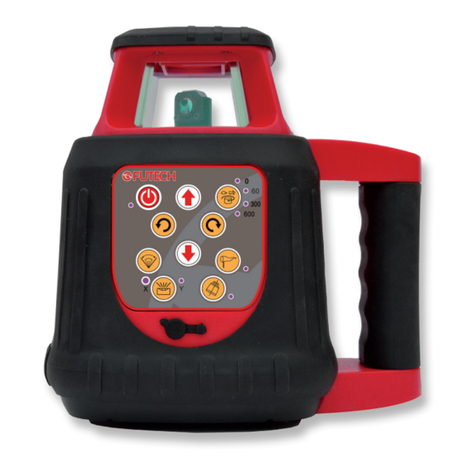
Futech
Futech GYRO RED User manual

Futech
Futech LL6305 User manual
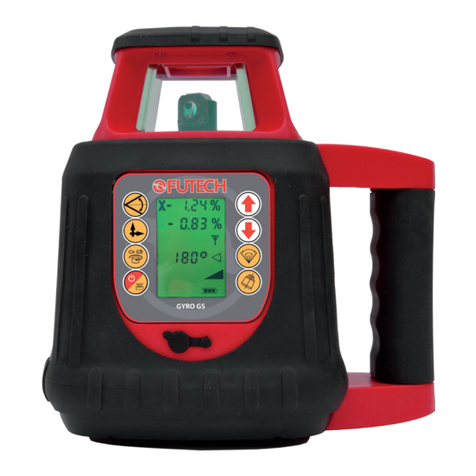
Futech
Futech Gyro GS User manual
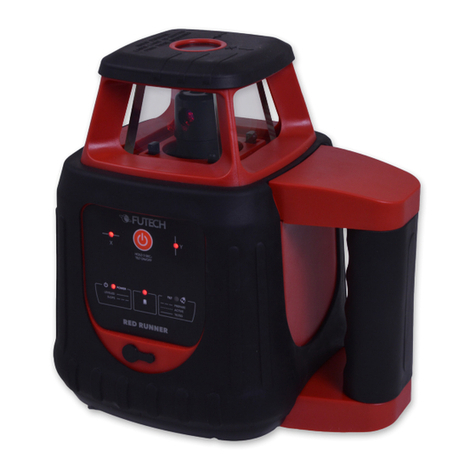
Futech
Futech RED RUNNER User manual
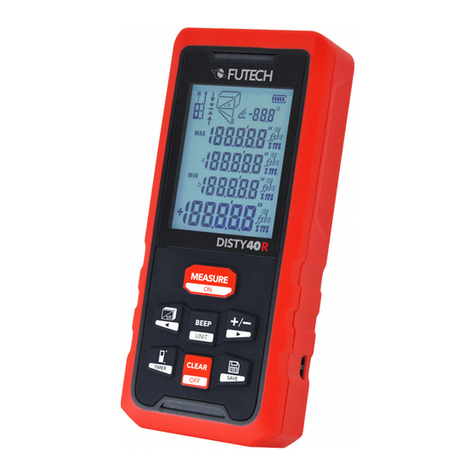
Futech
Futech DISTY 40R User manual
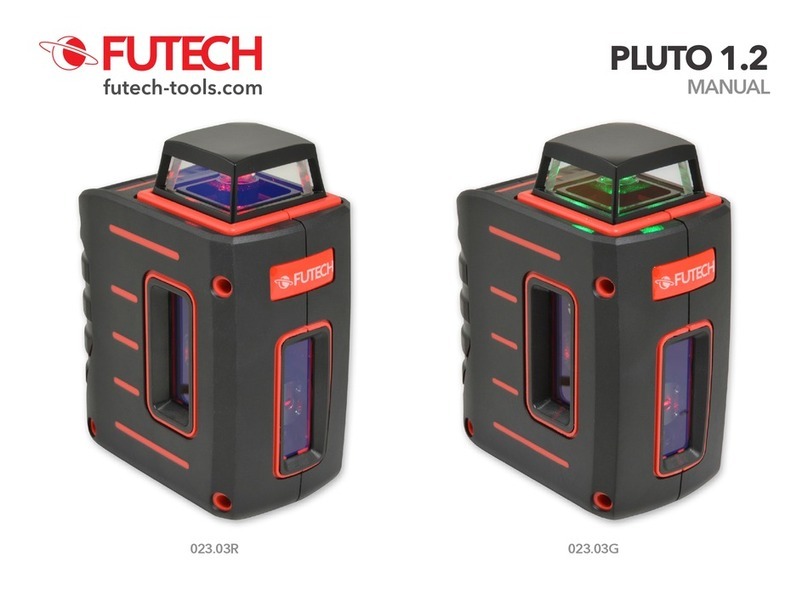
Futech
Futech PLUTO 1.2 User manual
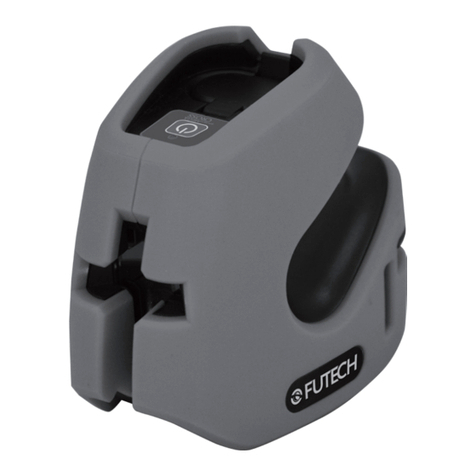
Futech
Futech MEGACROSS User manual
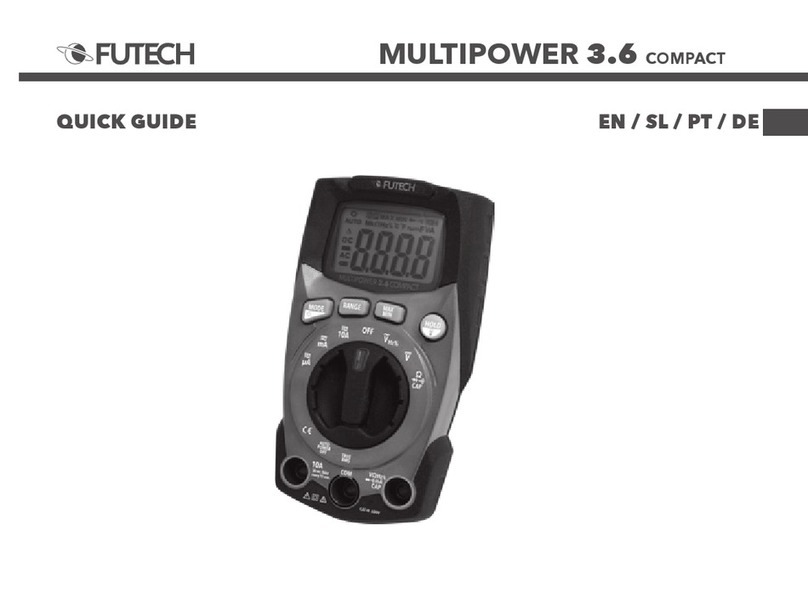
Futech
Futech MULTIPOWER 3.6 COMPACT User manual
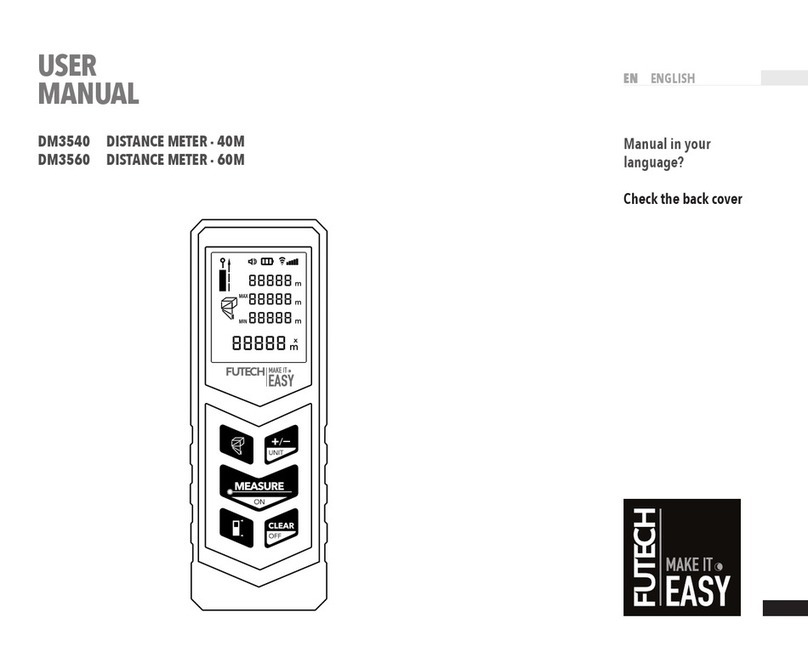
Futech
Futech DM3540 User manual

Futech
Futech DISTY 40R User manual
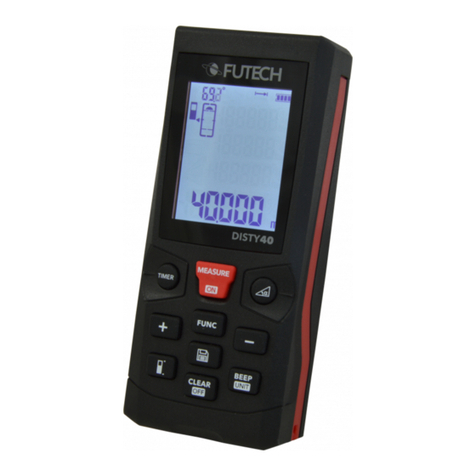
Futech
Futech DISTY40 User manual
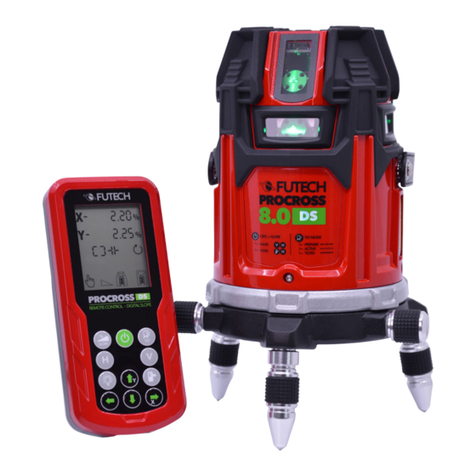
Futech
Futech PROCROSS 8.0 DS User manual
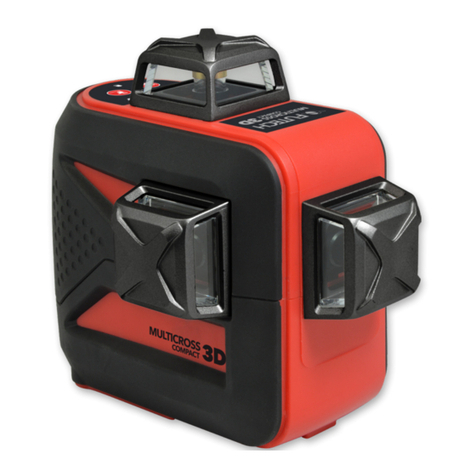
Futech
Futech MULTICROSS 3D COMPACT 030.03D User manual
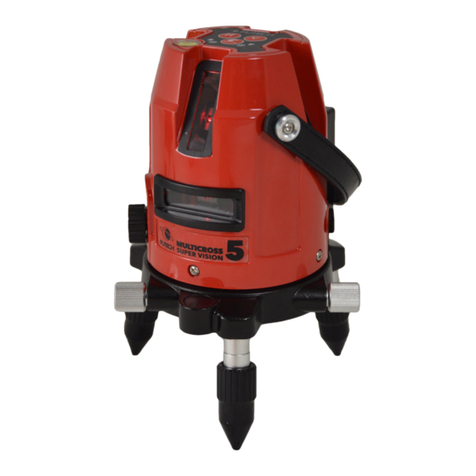
Futech
Futech MULTICROSS 5 SUPER Vision User manual

Futech
Futech DISTY 120RC User manual
Popular Measuring Instrument manuals by other brands

Powerfix Profi
Powerfix Profi 278296 Operation and safety notes

Test Equipment Depot
Test Equipment Depot GVT-427B user manual

Fieldpiece
Fieldpiece ACH Operator's manual

FLYSURFER
FLYSURFER VIRON3 user manual

GMW
GMW TG uni 1 operating manual

Downeaster
Downeaster Wind & Weather Medallion Series instruction manual

Hanna Instruments
Hanna Instruments HI96725C instruction manual

Nokeval
Nokeval KMR260 quick guide

HOKUYO AUTOMATIC
HOKUYO AUTOMATIC UBG-05LN instruction manual

Fluke
Fluke 96000 Series Operator's manual

Test Products International
Test Products International SP565 user manual

General Sleep
General Sleep Zmachine Insight+ DT-200 Service manual
